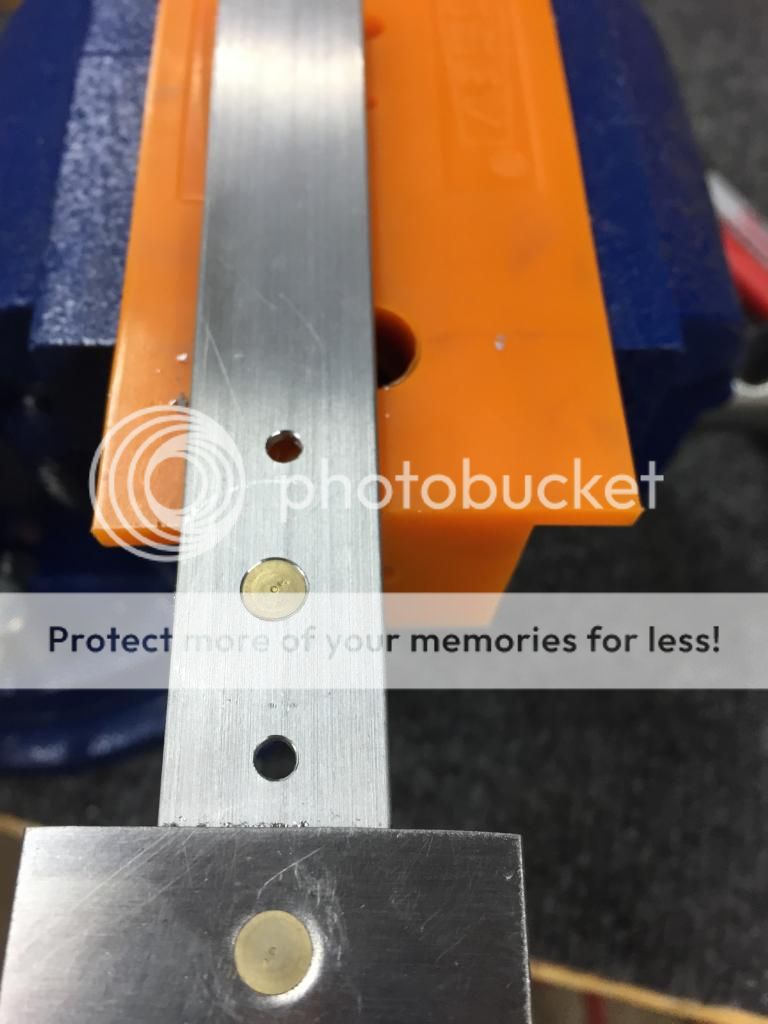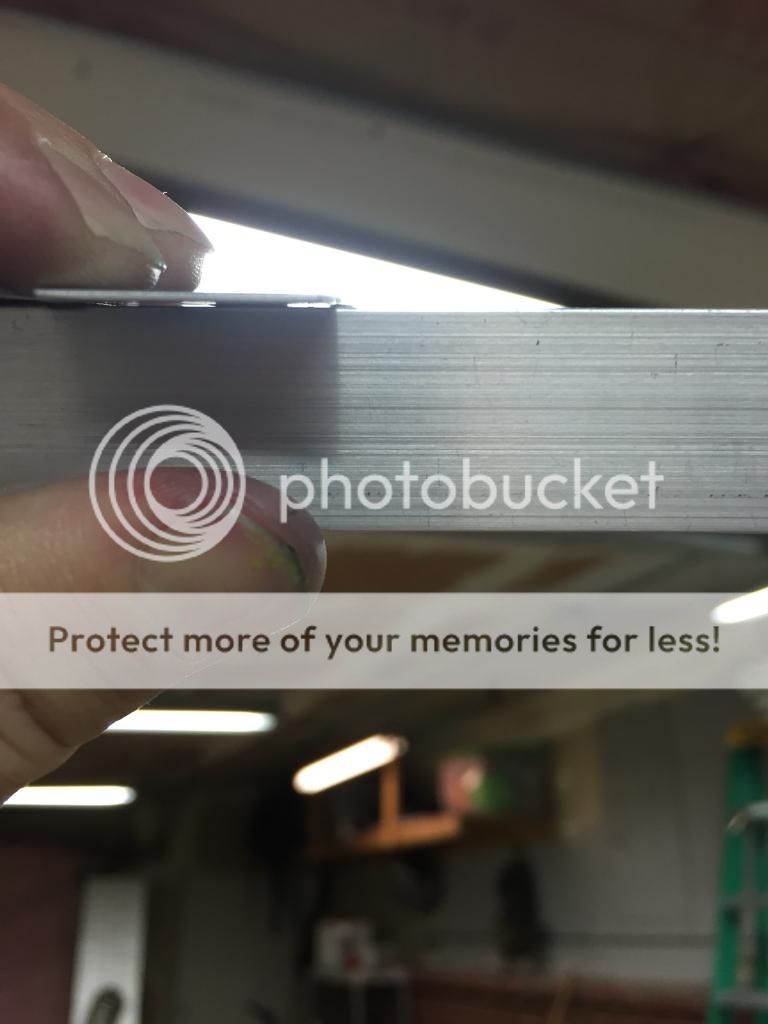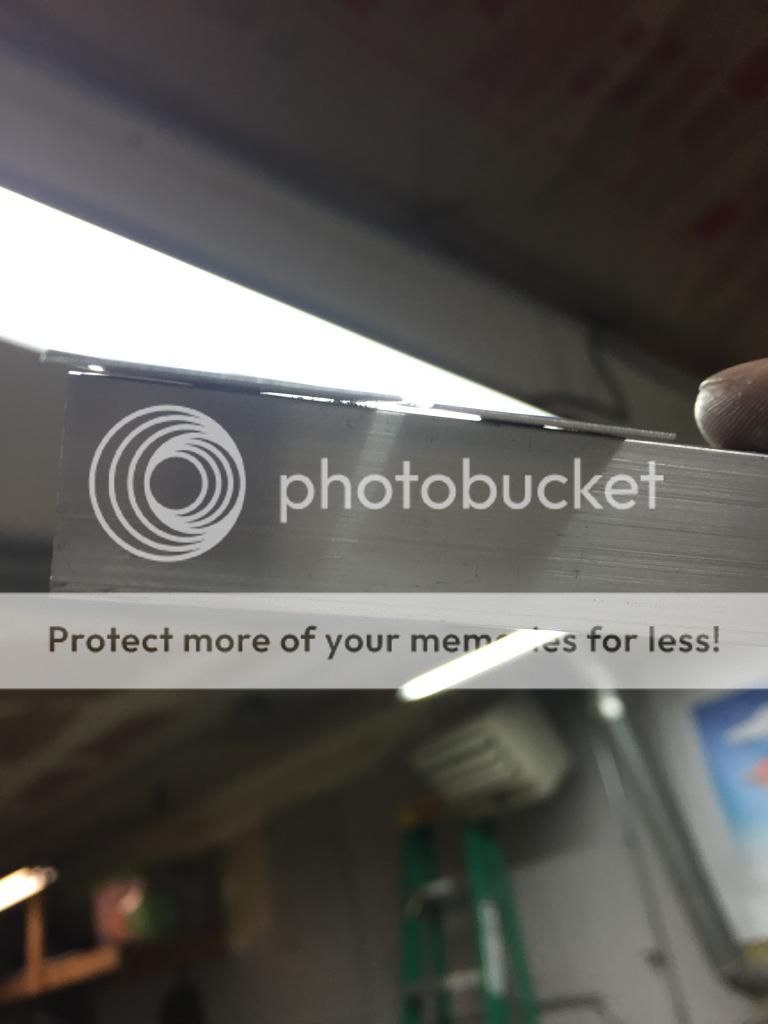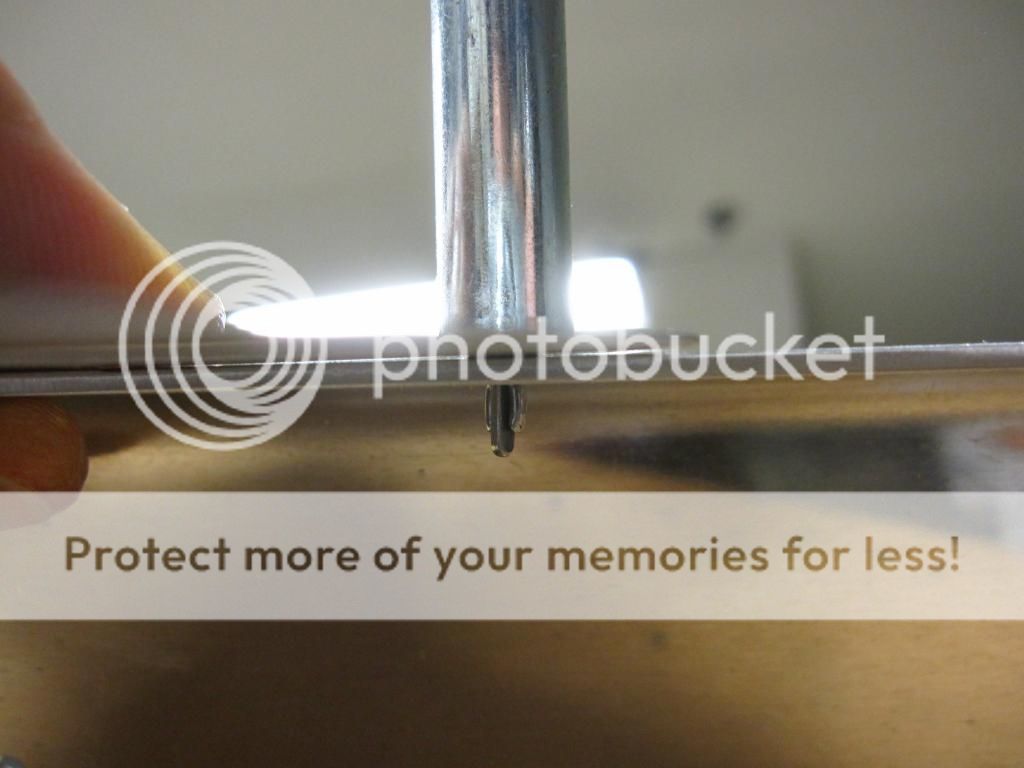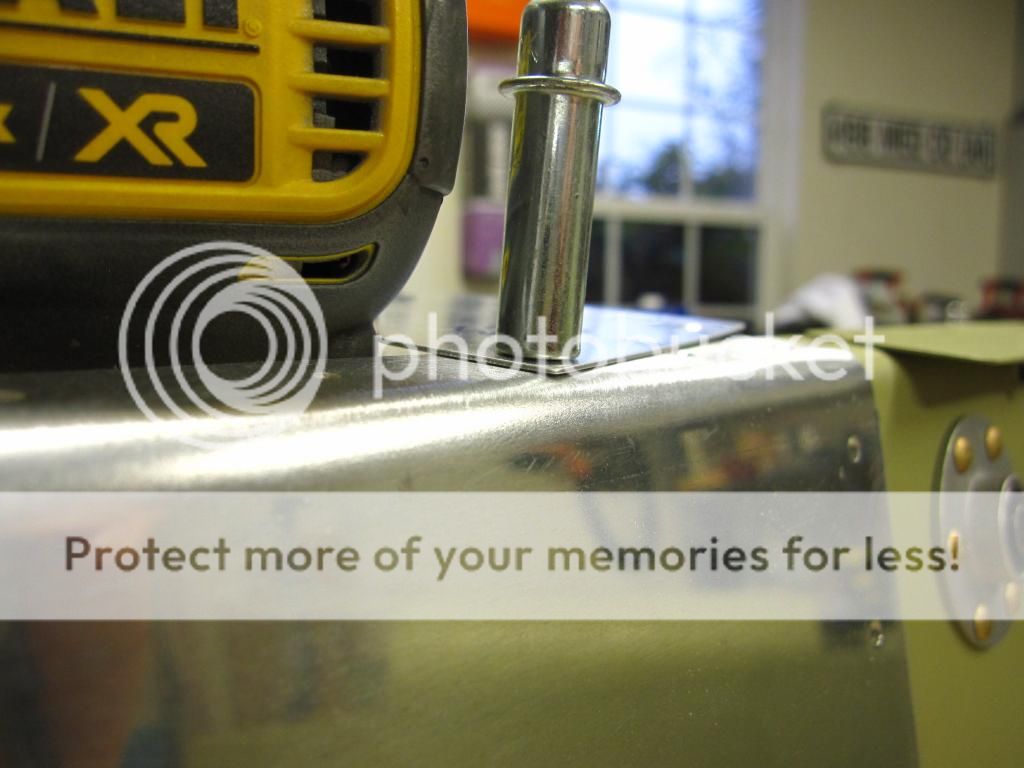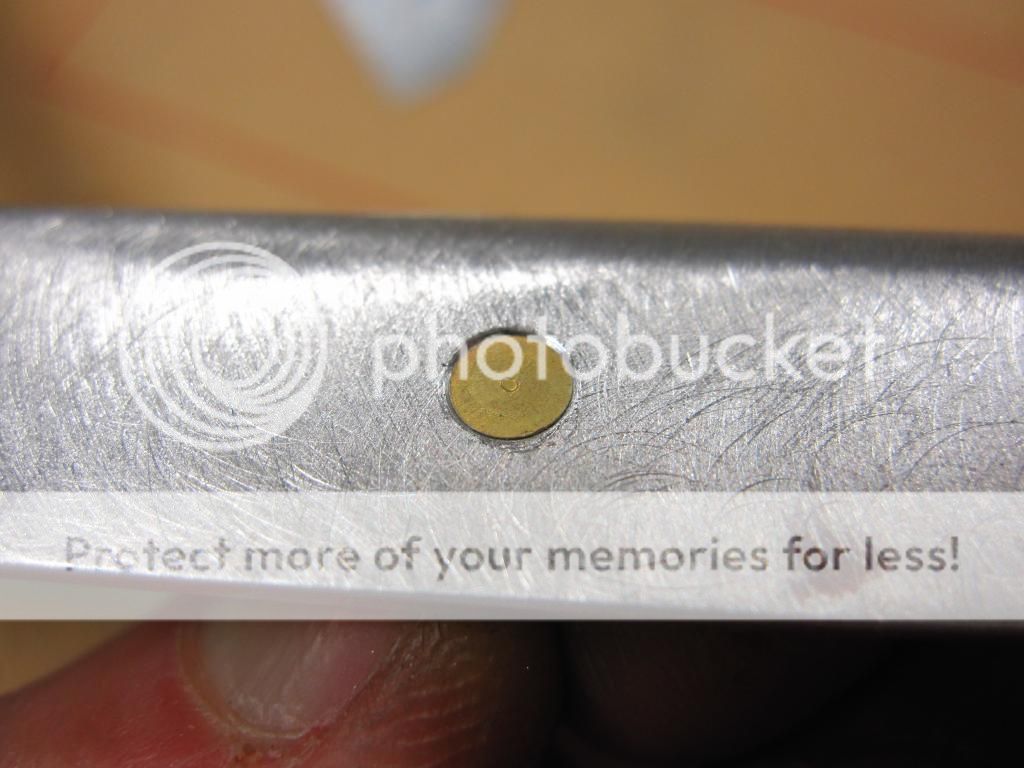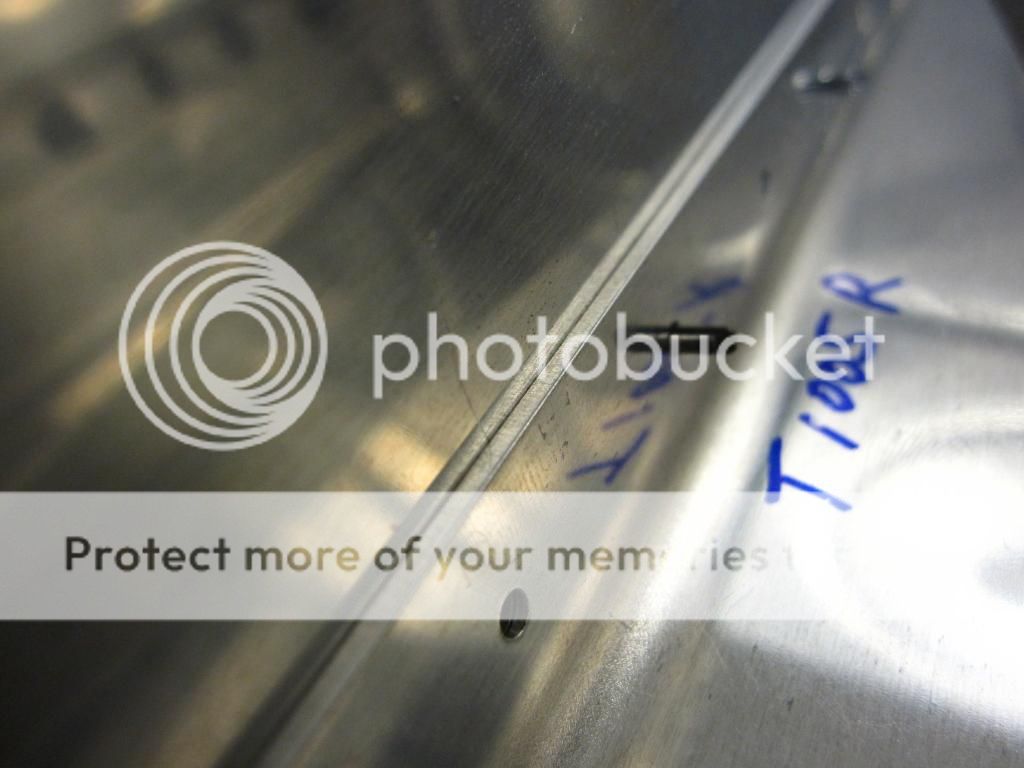ijustwannafly
Well Known Member
I know this topic has been discussed before and i was able to pull an old thread on it. However my issue is in the old thread all the pictures are gone and the previous solution did not fix my problem
I have counter sunk the vs808 doubler as described in the plans.
This will receive the dimple from the rear spar.
The dimple was done on a DRDT2, its all been deburrred and looks really nice.
There are no burrs in the way
The countersink are about .007 or 7 clicks deeper then flush
When i mate the two pieces with clecos and and even try and clamp them when held up to a shop lite you can see atleast .010 of light coming through but like most im afraid to make the countersink to deep and continue on.
How important is it that it is perfectly flush. What have other 7 builders done?
The one other thing to note is in the picture the bottom cleco is seperated more because there is only one cleco in the bottom of the double. As im sure most of you know you drill the rest of the holes later on when you get to the fuse for the bottom hinge bracket. so i would say the douber is raised a few thousands less then what the bottom of the picture shows
Thanks in advance
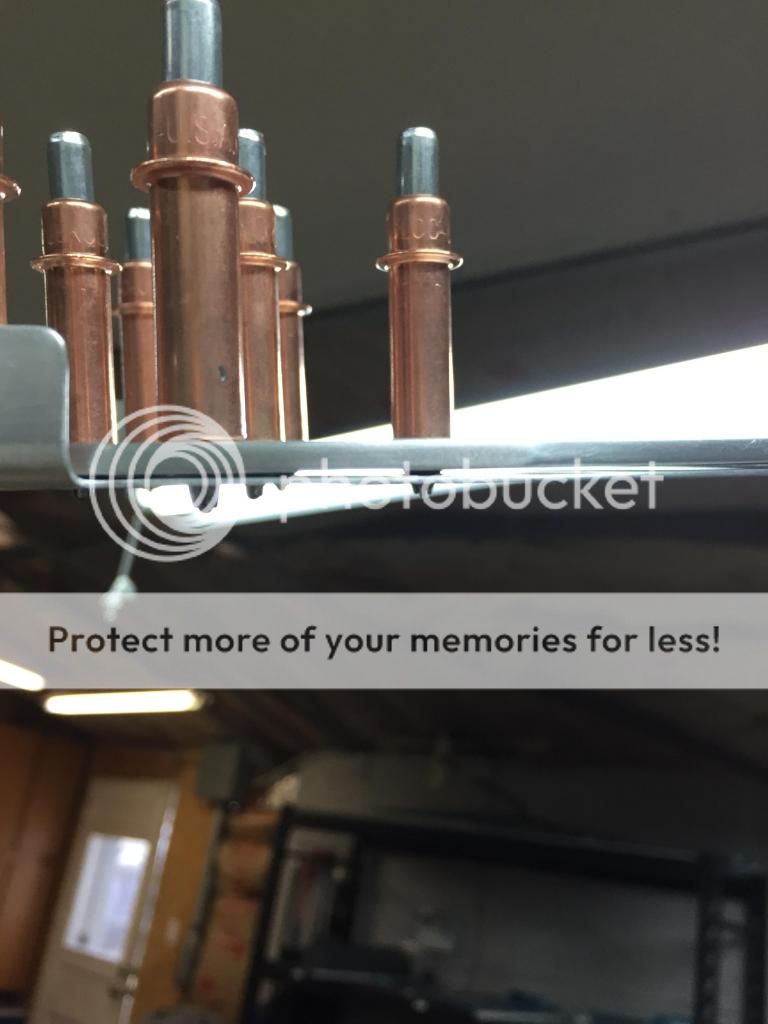
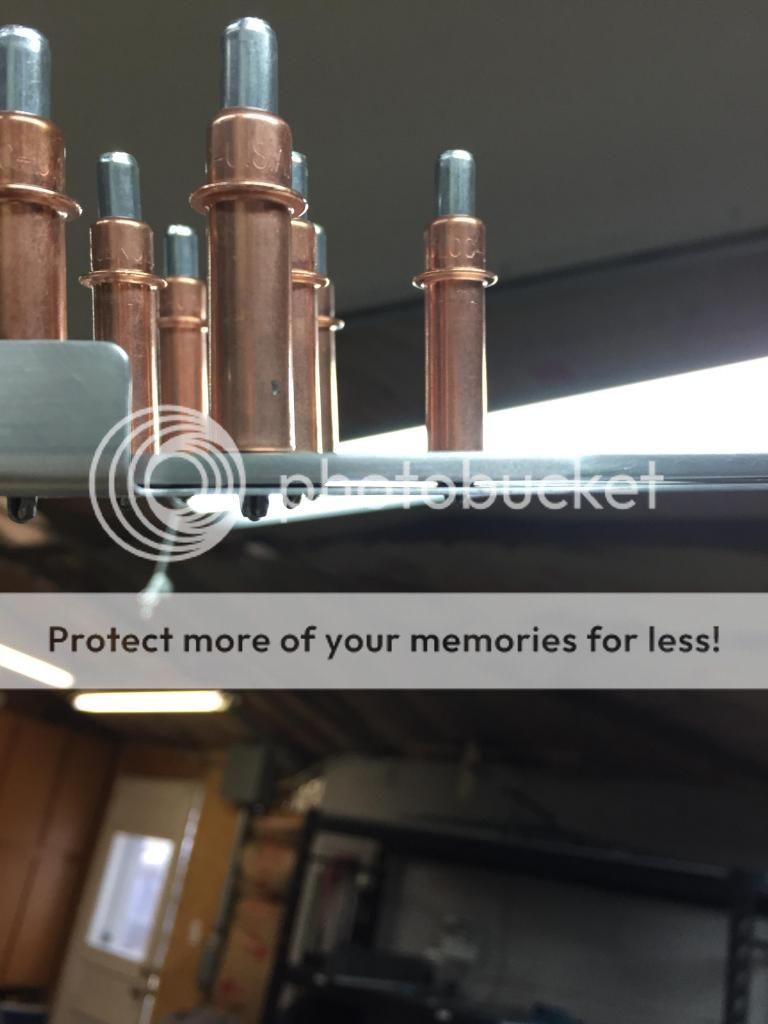
I have counter sunk the vs808 doubler as described in the plans.
This will receive the dimple from the rear spar.
The dimple was done on a DRDT2, its all been deburrred and looks really nice.
There are no burrs in the way
The countersink are about .007 or 7 clicks deeper then flush
When i mate the two pieces with clecos and and even try and clamp them when held up to a shop lite you can see atleast .010 of light coming through but like most im afraid to make the countersink to deep and continue on.
How important is it that it is perfectly flush. What have other 7 builders done?
The one other thing to note is in the picture the bottom cleco is seperated more because there is only one cleco in the bottom of the double. As im sure most of you know you drill the rest of the holes later on when you get to the fuse for the bottom hinge bracket. so i would say the douber is raised a few thousands less then what the bottom of the picture shows
Thanks in advance


Last edited:



